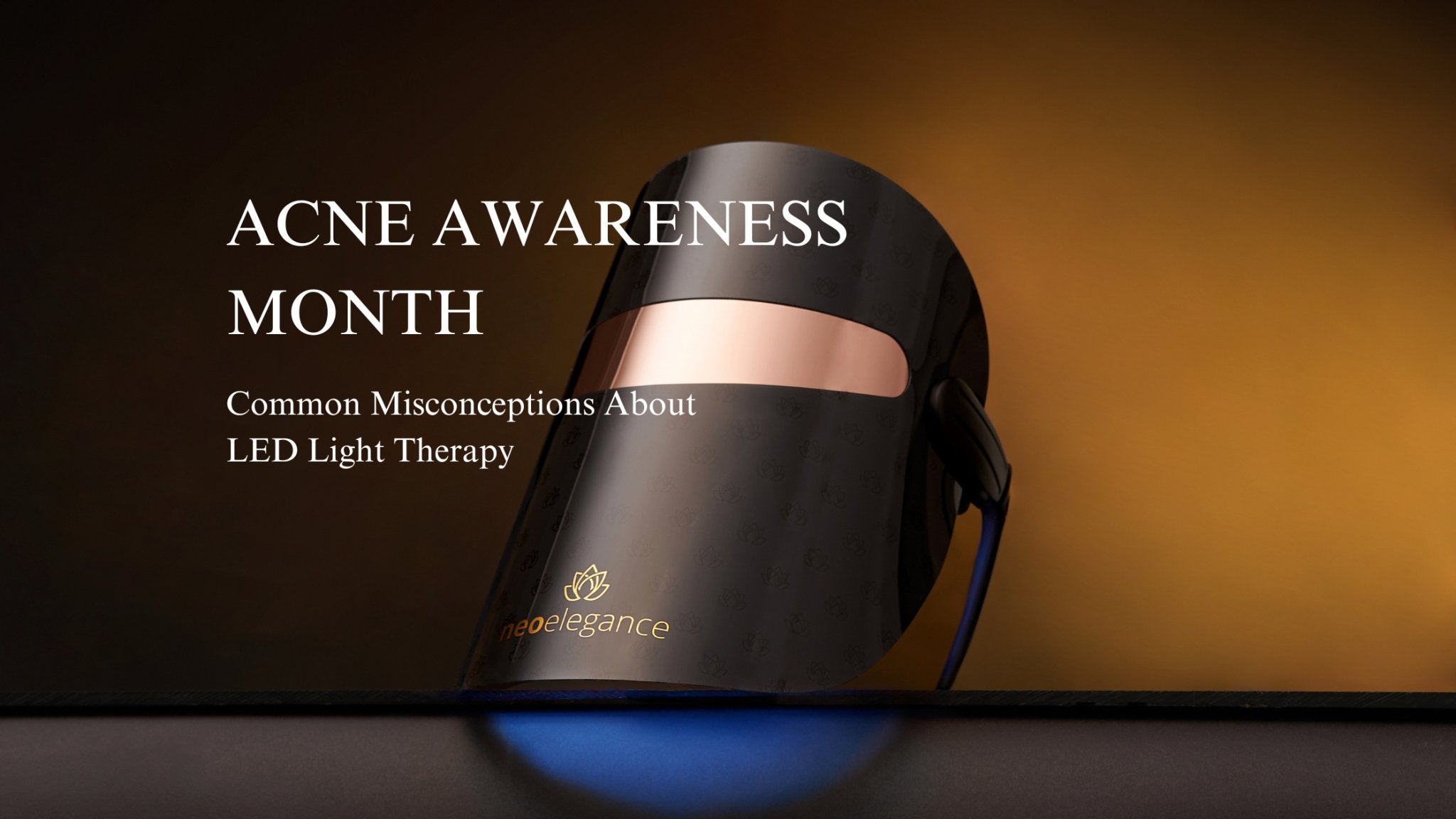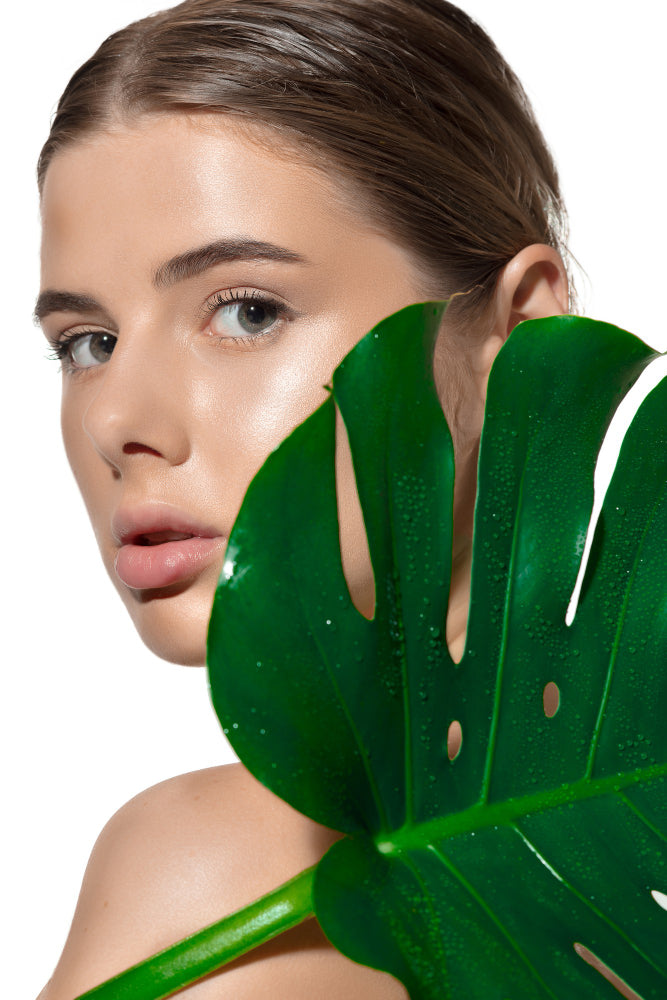LED light therapy has gained popularity for its non-invasive approach to treating various skin conditions, however there are many misconceptions about LED light therapy. Here are some common questions we find:
- Does LED Light Therapy Causes Skin Damage?
Misconception: LED light therapy can harm your skin, similar to UV light.
Fact: Unlike UV light, LED light therapy uses specific wavelengths that do not damage the skin. It is non-thermal and non-invasive, making it a safe treatment option for various skin conditions. In short, no it can not damage the skin.
- Are results Immediate?
Misconception: You will see immediate results after one session of LED light therapy.
Fact: While some people may notice minor improvements, it typically takes several sessions over weeks to see significant and lasting results. Consistency is key for optimal outcomes.
- Is LED Light Therapy Painful?
Misconception: LED light therapy treatments are painful or uncomfortable.
Fact: The therapy is generally painless and well-tolerated by most individuals. The light is gentle, and there is no need for recovery time, unlike more invasive procedures.
- Is it Only for Acne Treatment?
Misconception: LED light therapy is only effective for treating acne.
Fact: While it is highly effective for acne, LED light therapy also addresses other skin issues such as fine lines, wrinkles, rosacea, and skin pigmentation. Different wavelengths target various skin concerns, making it a versatile treatment.
- Is it Suitable for Sensitive Skin?
Misconception: People with sensitive skin cannot use LED light therapy.
Fact: LED light therapy is suitable for all skin types, including sensitive skin. It’s gentle and can be customised to address individual skin concerns without causing irritation.
- Are the home Devices Ineffective?
Misconception: At-home LED light therapy devices are not effective compared to professional treatments.
Fact: Many home devices are effective, especially when using products from reputable brands who use quality components and consistently is key.
- Can LED Light Therapy Cause Cancer?
Misconception: LED light therapy increases the risk of cancer.
Fact: LED light therapy does not use UV light, which is known to increase cancer risk. The specific wavelengths used in LED therapy do not damage DNA or increase cancer risk.
- Are all LED Light Devices the Same?
Misconception: All LED light therapy devices provide the same benefits.
Fact: Not all devices are created equal. The effectiveness of LED light therapy devices can vary based on the quality of the device, the wavelengths used, and the power output.
By dispelling these common misconceptions, you can make an informed decisions about incorporating LED light therapy into you skincare routine, understanding its benefits, and setting realistic expectations for results.
To learn more about LED light Therapy and its benefits you can check out our blog post ‘Acne Awareness Month: Understanding Acne and Innovative Treatments- Spotlight on LED Light Therapy’



